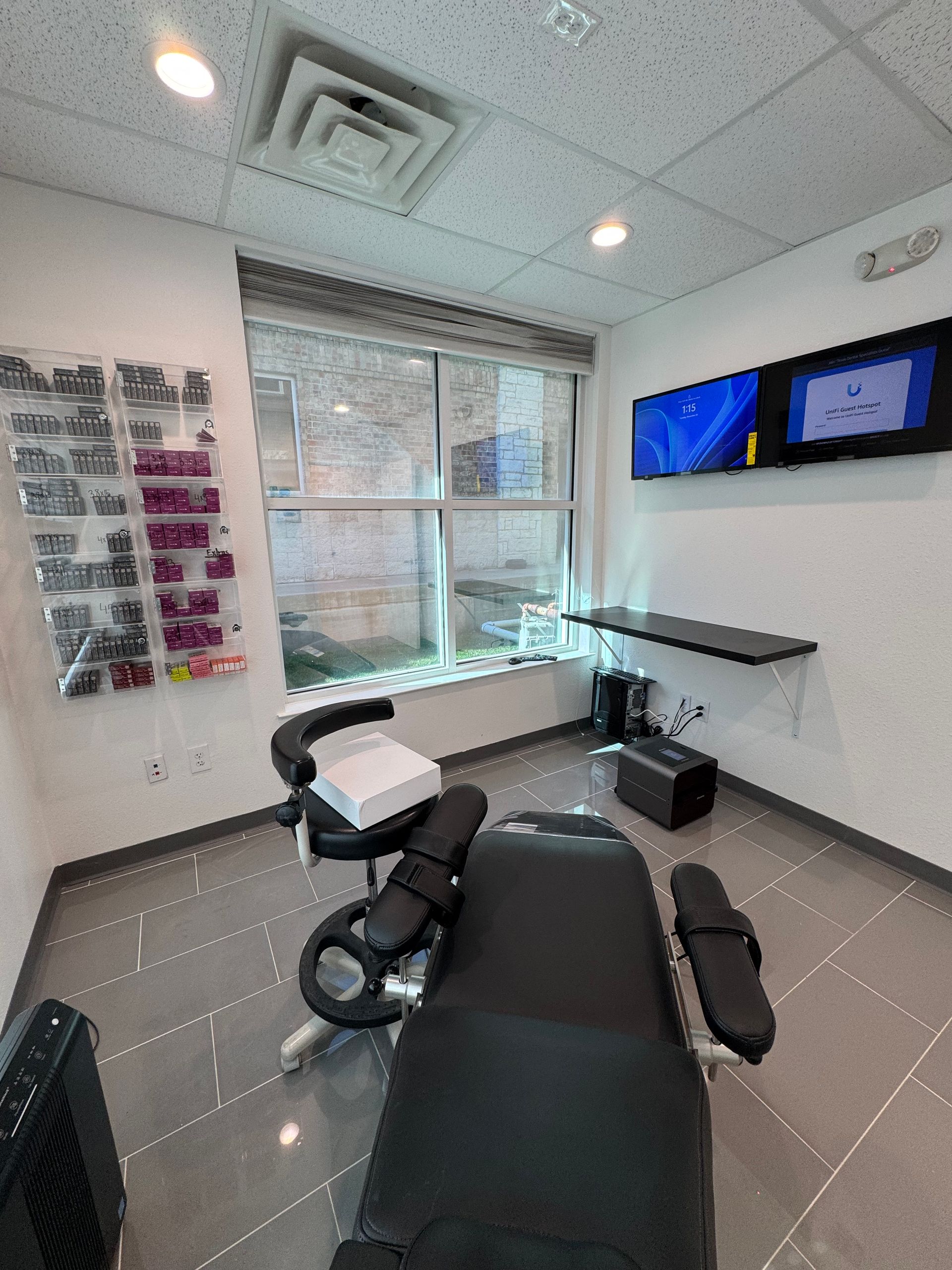Braces
Orthodontic braces are generally prescribed during childhood between 9-14 years of age to change the positioning of teeth. Many adults can also have problems such as crowded teeth, misalignment, and crooked teeth. These issues can affect your confidence and the cosmetic appeal of your smile and even lead to various dental concerns such as tooth decay and gum diseases. Orthodontic braces can successfully correct all of these issues in adults with excellent results.
For more information about our services or to schedule an appointment, call us at (214) 619-6329 or complete the form below we’ll get back to you as soon as we can.
Mechanism
Orthodontic braces function by placing pressure on the teeth to change their position. Constant one-sided pressure on the faulty teeth pushes the root of the teeth against the bone underlying it. This pressure eventually dissolves the underlying bone and allows the tooth to shift in the desired direction. The empty space left behind in the bone eventually builds back with bone tissue over time preventing the teeth from shifting to their previous original position.
Types of Braces
Traditional Braces
These are strong metallic or tooth-colored ceramic braces with individual brackets cemented onto each tooth. These brackets are connected with an archwire which exerts constant gentle pressure onto the teeth.
Invisalign
These are clear tray-shaped aligners, which are placed for a certain period of time during the day. They are invisible and can be removed whenever necessary. These are more comfortable but also more expensive than traditional braces.
Lingual Braces
These braces are fixed on the back of the teeth towards the tongue side, hence they are invisible from the front. These may sometimes cause speech problems and may also irritate the tongue.
Benefits
Orthodontic braces correct crooked or misaligned teeth, improve aesthetic appeal and self-confidence. Other benefits include:
- Reduce tooth decay and injury
- Reduce the chances of developing gum diseases
Your dentist may recommend treating any pre-existing dental conditions such as gum disease, tooth decay or plaque before you undergo any orthodontic treatment to prevent worsening of the existing dental problem.
Request an Appointment
For more information about our services or to schedule an appointment, call us at (214) 619-6329 or complete the form below we’ll get back to you as soon as we can.
Our reviews





